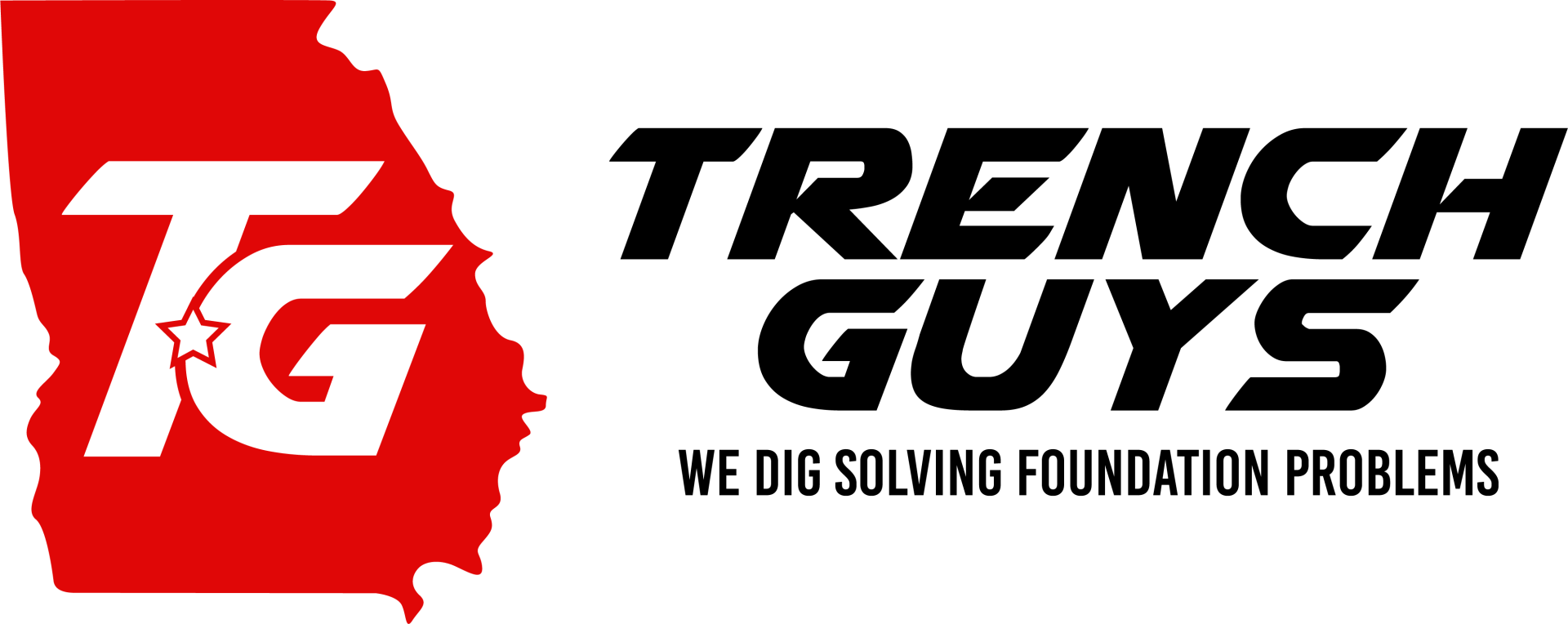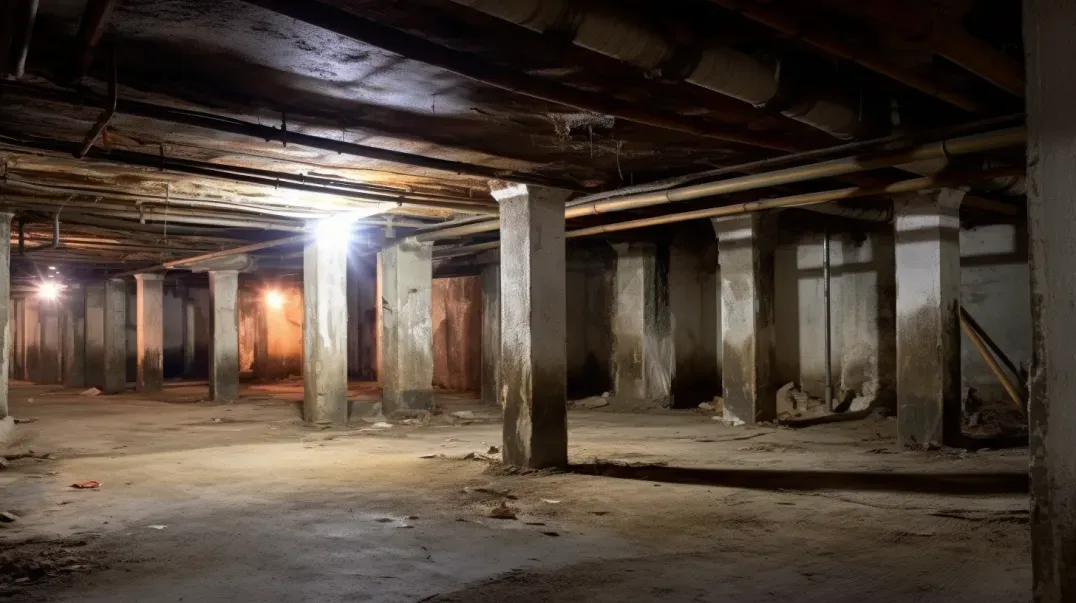A crawl space is a unique architectural feature found in many homes, particularly those without a basement. Typically, it is an unfinished, narrow space under the floor of a house, ranging from one to three feet in height, which allows access to plumbing and electrical systems. Despite its inconspicuous nature and often being out of sight, the crawl space plays a critical role in the overall stability and health of a home.
This often overlooked area is crucial for a variety of reasons. Firstly, it helps in elevating the home above the ground, thereby preventing a range of moisture-related issues, such as mold growth and wood rot, both of which can compromise structural integrity if left unchecked. Additionally, a well-maintained crawl space can contribute to better energy efficiency in the home by housing insulation and reducing heat loss. Furthermore, it provides a convenient access point for repairs and maintenance to home systems without the need for disruptive and costly dismantling of the interior.
Understanding the functions and importance of a crawl space is essential for any homeowner, as issues arising in this area can lead to serious structural damages if ignored. In this blog, we delve into the critical aspects of maintaining your crawl space, exploring signs of potential problems, and offering practical advice to ensure your home remains stable and secure for years to come.
Understanding Crawl Space Inspections
Crawl space inspections are crucial procedures that help ensure the longevity and safety of your home's foundation and overall structure. These inspections are designed to assess the condition of the crawl space, identifying potential issues before they escalate into major problems.
What is a Crawl Space Inspection?
A crawl space inspection involves a thorough examination of the area beneath your house that is not completely dug out like a basement but is accessible enough to allow for maintenance and repairs. The primary goal of these inspections is to assess the integrity of the foundation, check for moisture levels, inspect for pest infestations, and ensure that insulation and ventilation systems are functioning properly. Inspectors look at various key components, including:
- Structural Elements: Inspecting the joists, beams, and supports for signs of decay or damage.
- Moisture Levels: Checking for water accumulation, signs of mold, or rot that could indicate leaks or improper drainage.
- Ventilation: Ensuring that there is adequate airflow to prevent moisture buildup, which is vital for avoiding mold growth and wood rot.
- Insulation: Evaluating the condition and effectiveness of insulation materials in maintaining energy efficiency.
- Pest Presence: Looking for signs of rodents, insects, or other pests that can damage wood and other materials.
When and How Often Should Inspections Occur?
The frequency and timing of crawl space inspections can depend on several factors, including climate, the age of the home, and previous issues. However, it is generally recommended that homeowners schedule inspections:
- Annually: A yearly inspection is advisable to ensure ongoing health of the space, particularly if the area is prone to high moisture or has had past pest issues.
- Seasonally: In areas with significant seasonal changes, inspecting the crawl space as the seasons change can help catch issues that arise from fluctuating temperatures and humidity levels. This is particularly important:
- Spring: To assess any damage from winter weather and melting snow.
- Fall: To prepare the crawl space for colder weather by ensuring that insulation and ventilation are adequate.
By adhering to these recommendations, homeowners can maintain their crawl spaces effectively, thereby protecting the structural integrity and overall health of their homes. Regular inspections not only help in early detection of potential problems but also save money in the long run by avoiding costly repairs.
Common Issues Uncovered During Crawl Space Inspections
Crawl space inspections are essential for identifying common issues that can threaten the structural integrity and safety of your home. Three prevalent problems often identified during these inspections include moisture and water damage, pest infestations, and structural damage. Addressing these issues promptly can prevent more significant complications down the line.
Moisture and Water Damage
Moisture is a primary concern in crawl spaces, as it can lead to a host of structural problems and health issues. The sources of moisture in crawl spaces typically include:
- Ground Moisture: Soil around the home can harbor moisture, especially after rain or snow, which can seep into the crawl space.
- Leaking Pipes: Plumbing issues can lead to water leaks that go unnoticed in rarely visited crawl spaces.
- External Water Runoff: Improper drainage around the home can cause water to pool near the foundation and eventually find its way into the crawl space.
The potential consequences of unchecked moisture are significant and can include:
- Mold and Mildew Growth: These not only pose health risks but can also cause unpleasant odors and damage to materials stored in crawl spaces.
- Wood Rot: Moisture deteriorates wooden structures, leading to weakened floor joists and beams, which are crucial for the home's stability.
- Increased Energy Costs: High humidity levels can make heating and cooling systems work harder, thereby increasing energy usage and costs.
Pest Infestation
Crawl spaces are often warm and humid, making them ideal environments for various pests. Common types of pests found in these areas include:
- Termites: These insects can silently destroy wood structures, often going unnoticed until significant damage has occurred.
- Rodents: Mice and rats can chew through wires, insulation, and wood, creating fire hazards and structural damage.
- Insects: Carpenter ants, beetles, and other wood-boring insects can also compromise wooden structures.
Signs of pest infestation to watch for include:
- Droppings and Nesting Materials: Indicators of rodents or larger insects taking residence.
- Damaged Wood: Look for powdery residue or small holes in wood, which are signs of termites and other wood-destroying insects.
- Sounds: Scratching or rustling sounds can indicate the presence of animals.
Structural Damage
Various structural issues can be discovered during a crawl space inspection, including:
- Cracked Foundation Walls: These can be signs of settling or earth movements.
- Weakened Floor Joists and Supports: Over time, environmental factors or poor construction can lead to sagging or bending.
- Improperly Installed Insulation or Vapor Barriers: These can lead to inefficiencies and moisture problems if not corrected.
The impact of such structural damage on overall home stability includes:
- Risk to the Home’s Safety: Significant structural damage can make homes unsafe to inhabit.
- Decreased Property Value: Issues found during inspections can adversely affect the home’s market value.
- Costly Repairs: Ignoring small problems can lead to more extensive and expensive repairs later.
Understanding these common issues can prepare homeowners to take proactive steps following a crawl space inspection, ensuring the home remains safe, stable, and efficient.
Benefits of Regular Crawl Space Inspections
Regular inspections of your home's crawl space can yield significant benefits, ranging from preventing costly repairs to enhancing the overall value and safety of your home. Understanding these benefits can help homeowners appreciate the importance of this often overlooked aspect of home maintenance.
Preventing Major Home Repairs
One of the primary advantages of regular crawl space inspections is the potential to catch and address issues early, which can lead to less extensive and more manageable repairs.
- Early Detection Benefits:
- Cost Efficiency: Identifying problems like minor leaks, beginning stages of wood rot, or early signs of pest infestations can be dealt with immediately, often at a lower cost than if these issues were allowed to worsen.
- Less Intrusiveness: Early repairs typically require less time and fewer disruptions to daily life, avoiding the extensive renovations that major repairs might necessitate.
- Examples of Escalating Issues:
- Small Leaks: A minor leak might seem inconsequential but can lead to significant water damage, mold growth, and structural wood rot if not addressed promptly.
- Initial Pest Sightings: Ignoring the early signs of pests like termites can result in severe structural damage that could cost thousands to repair and potentially compromise the home’s structural integrity.
Enhancing Home Value and Safety
Maintaining a well-inspected and healthy crawl space also contributes positively to the value and safety of your home.
- Impact on Home Value:
- Increased Marketability: Homes with well-maintained crawl spaces often fare better in real estate markets, as potential buyers appreciate the diligence in home maintenance and are less likely to encounter surprise issues.
- Preservation of Structural Integrity: Regular maintenance helps preserve the structural foundations of the home, a significant factor in real estate valuation.
- Role in Home Safety:
- Preventing Health Hazards: By controlling moisture and mold growth, regular inspections help maintain better air quality in your home, which is crucial for the health of its inhabitants.
- Reducing Risk of Accidents: Addressing structural weaknesses or hazards in the crawl space can prevent accidents, such as collapsed floors or pest-related damages.
Regular crawl space inspections are a critical aspect of home maintenance that should not be overlooked. By ensuring that this part of the home is well-maintained, homeowners can enjoy not only a safer and more stable living environment but also a property that holds its value over time. This proactive approach to home care saves money, enhances safety, and increases the overall lifespan of the property.
What Happens During a Crawl Space Inspection?
A crawl space inspection is a detailed examination of the underside of your home, where an expert assesses its condition and identifies any potential issues. Understanding what occurs during this inspection can help homeowners prepare and recognize the importance of each step in maintaining their home's health and safety.
Inspection Process
Crawl space inspections are thorough processes that involve several key steps and the use of specialized tools and technologies. Here’s what typically happens during an inspection:
- Step-by-Step Overview:
- Initial Assessment: The inspector begins with a visual assessment of the exterior of the home to identify potential entry points for moisture or pests and check for any signs of foundation issues.
- Entering the Crawl Space: The inspector then accesses the crawl space, either through an exterior entrance or from inside the home, ensuring that they disturb the area as little as possible.
- Detailed Examination: Inside the crawl space, the inspector examines structural elements like joists, beams, and supports for signs of damage or decay. They also check insulation, ventilation, and plumbing components.
- Moisture and Pest Inspection: Using tools like moisture meters and flashlights, the inspector looks for signs of dampness, water damage, or pest infestations, noting any mold growth or evidence of animals or insects.
- Documentation: Throughout the process, the inspector takes notes and photographs to document the state of the crawl space and support their findings.
- Tools and Technologies Used:
- Moisture Meters: These devices are used to detect the level of moisture in the wood and other materials, which can indicate potential decay or mold issues.
- Thermal Imaging Cameras: These cameras help identify variations in temperature, which can reveal hidden moisture problems or areas where insulation is lacking.
- Borescopes: A flexible, camera-equipped tool that allows inspectors to access hard-to-reach areas and visually inspect pipes and under-flooring.
- Digital Cameras: For visual documentation of the crawl space condition, providing clear evidence for the inspection report.
Understanding Inspection Reports
After the inspection, the homeowner receives a detailed report that outlines the findings. Understanding this report is crucial for taking any necessary corrective actions.
- What to Expect in a Report:
- Summary of Findings: A list of any issues discovered during the inspection, often categorized by urgency or severity.
- Photographic Evidence: Images taken during the inspection that highlight specific problems or areas of concern.
- Recommendations: Advice on how to address the issues found, possibly including suggestions for minor fixes that can be DIY projects or recommendations for professional repair services.
- How to Interpret Findings:
- Immediate Concerns vs. Long-Term Recommendations: Distinguish between problems that need urgent attention and those that can be planned for future maintenance.
- Risk Assessment: Evaluate the impact of each identified issue on the home’s safety and stability, using the report’s prioritization.
- Follow-Up Actions: The report will typically suggest next steps, which could include further evaluations, immediate repairs, or preventative measures.
A crawl space inspection report is an essential tool for homeowners, providing a clear and comprehensive overview of the condition beneath their homes. By understanding and acting on the insights provided in these reports, homeowners can maintain the structural integrity and safety of their living environment, ultimately ensuring peace of mind.
Choosing a Qualified Crawl Space Inspector
Ensuring the structural integrity of your crawl space and, by extension, your entire home, hinges significantly on the qualifications and expertise of the inspector you choose. This section delves into how to select the right professional for the job and how you can prepare for their visit to make the inspection as thorough and fruitful as possible.
Qualifications and Experience
Selecting a qualified crawl space inspector is crucial for obtaining an accurate and helpful assessment of your home's foundation and underpinning spaces.
- What Credentials to Look For:
- Certifications: Look for a professional who is certified by a recognized national or regional organization, such as the National Association of Certified Home Inspectors (NACHI) or the International Association of Certified Home Inspectors (InterNACHI).
- Specialized Training: Ensure the inspector has specific training in crawl space evaluations, which is distinct from standard home inspections due to the unique challenges crawl spaces present.
- Insurance and Bonding: Verify that the inspector is bonded and insured to protect against any potential damages incurred during the inspection.
- Questions to Ask Before Hiring an Inspector:
- Experience: "How long have you been conducting crawl space inspections?"
- References: "Can you provide references or testimonials from previous inspections?"
- Report Details: "What does your inspection report include?"
- Cost and Time: "How much will the inspection cost, and how long will it take?"
- Post-Inspection Support: "Do you provide support or recommendations following the inspection?"
Preparing for an Inspection
To maximize the effectiveness of a crawl space inspection, homeowners should take several preparatory steps.
- How Homeowners Can Prepare Their Crawl Space:
- Accessibility: Ensure that the entry to your crawl space is clear of any obstructions. Remove any items stored in front of or around the crawl space entrance.
- Visibility: Consider temporary lighting solutions if your crawl space is particularly dark, as good lighting is crucial for a thorough inspection.
- Safety: If you know of any issues like standing water or exposed wiring, inform the inspector beforehand to prepare for these conditions.
- What Information to Provide to the Inspector:
- History of the Home: Share any records of previous inspections, repairs, or known issues that have been addressed or have recurred over time.
- Concerns: Discuss specific areas of concern that you may have noticed, such as visible cracks, unusual odors, signs of pest activity, or areas of moisture.
- Documentation: Provide any construction documents you have that relate to the home's foundation or modifications made to the crawl space.
By carefully choosing a qualified crawl space inspector and preparing adequately for their visit, homeowners can ensure that the inspection is as comprehensive and beneficial as possible, paving the way for the continued safety and stability of their home.
FAQs
Contact Trench Guys Today!
Trench Guys will do everything we can to ensure your experience with us is excellent.
Request A FREE Estimate
Request a Free Estimate Form
Checkout Recent Post
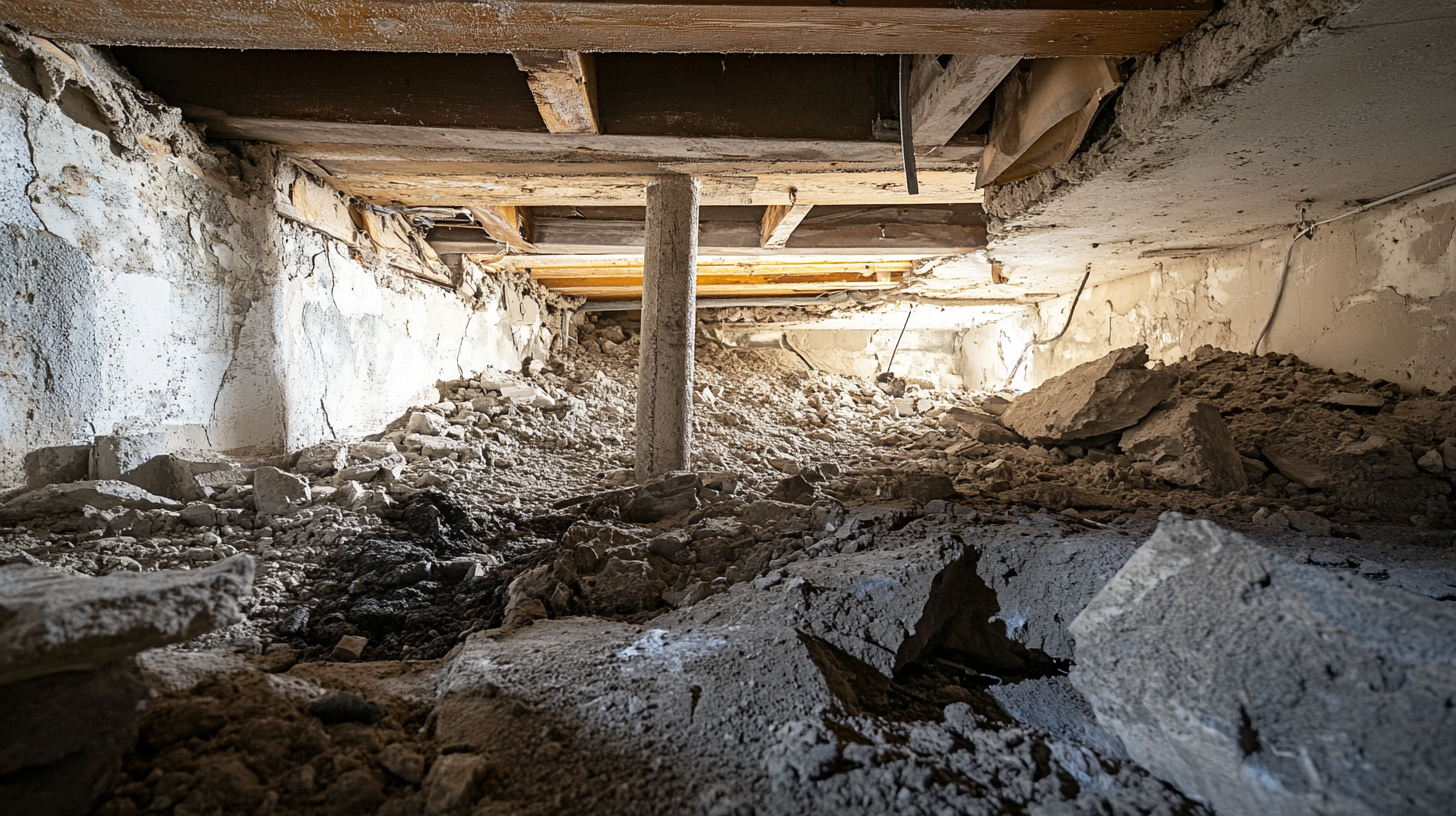
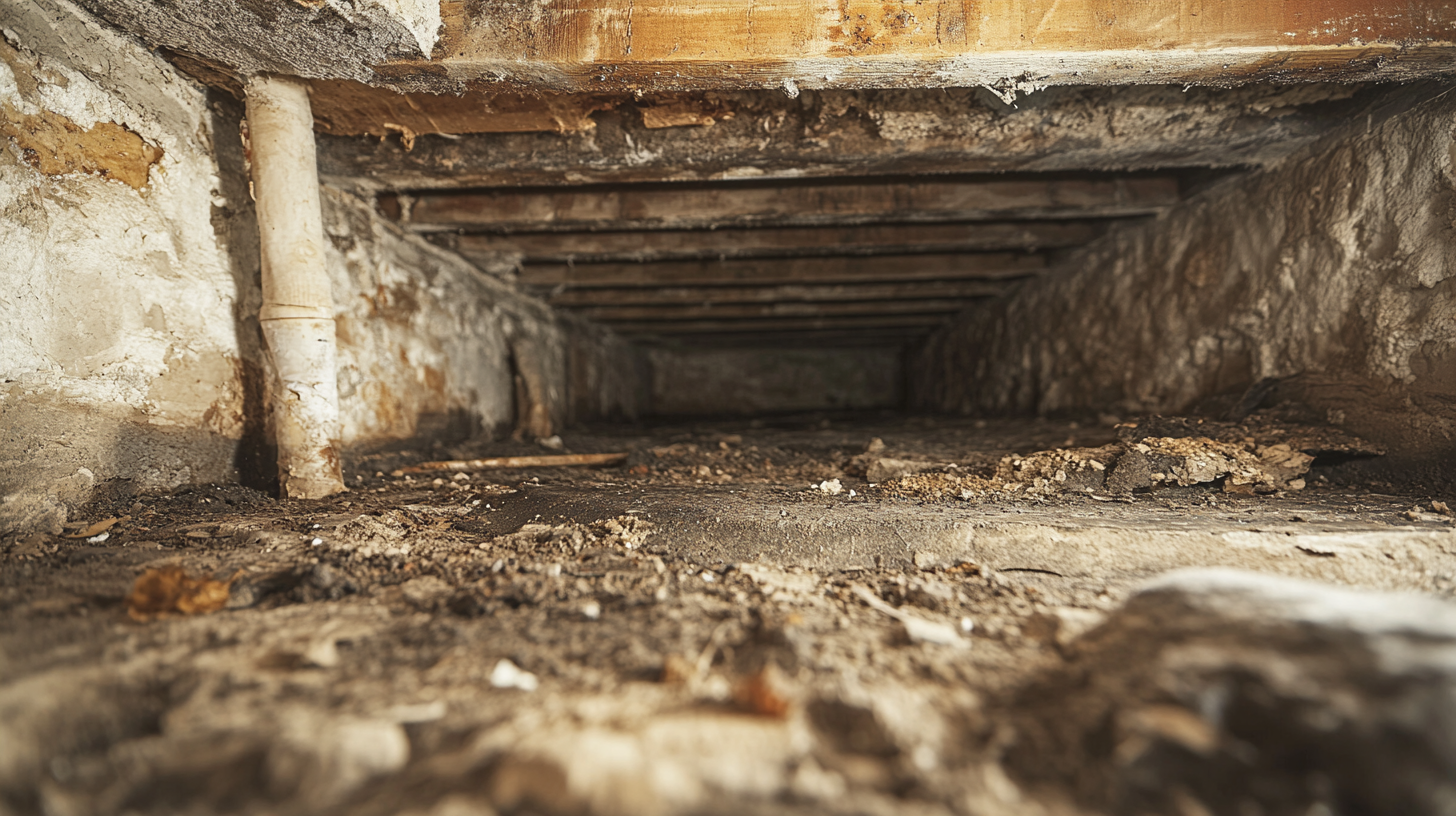

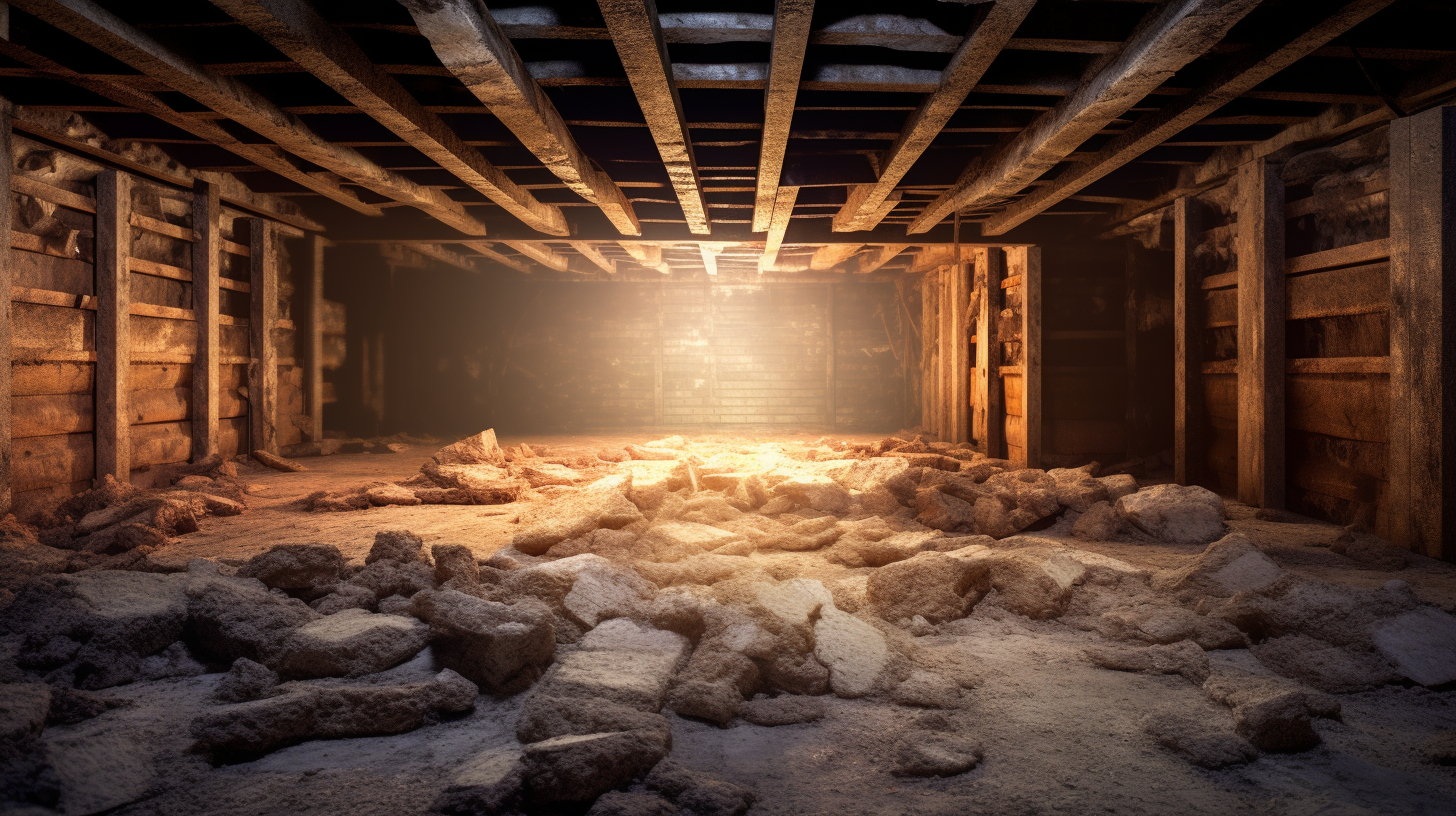
Got a Question? We’re Here to Help.
You can arrange an appointment or make an enquiry by phone or email, orget in touch to us via our contact form.
